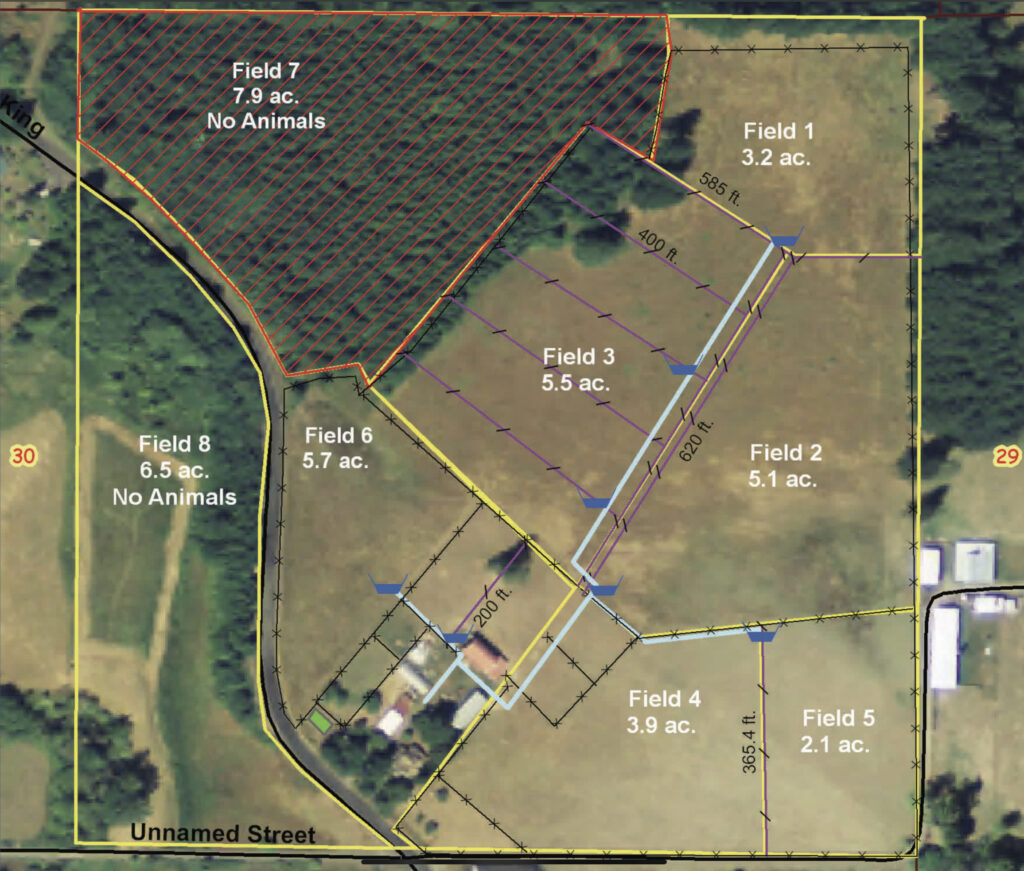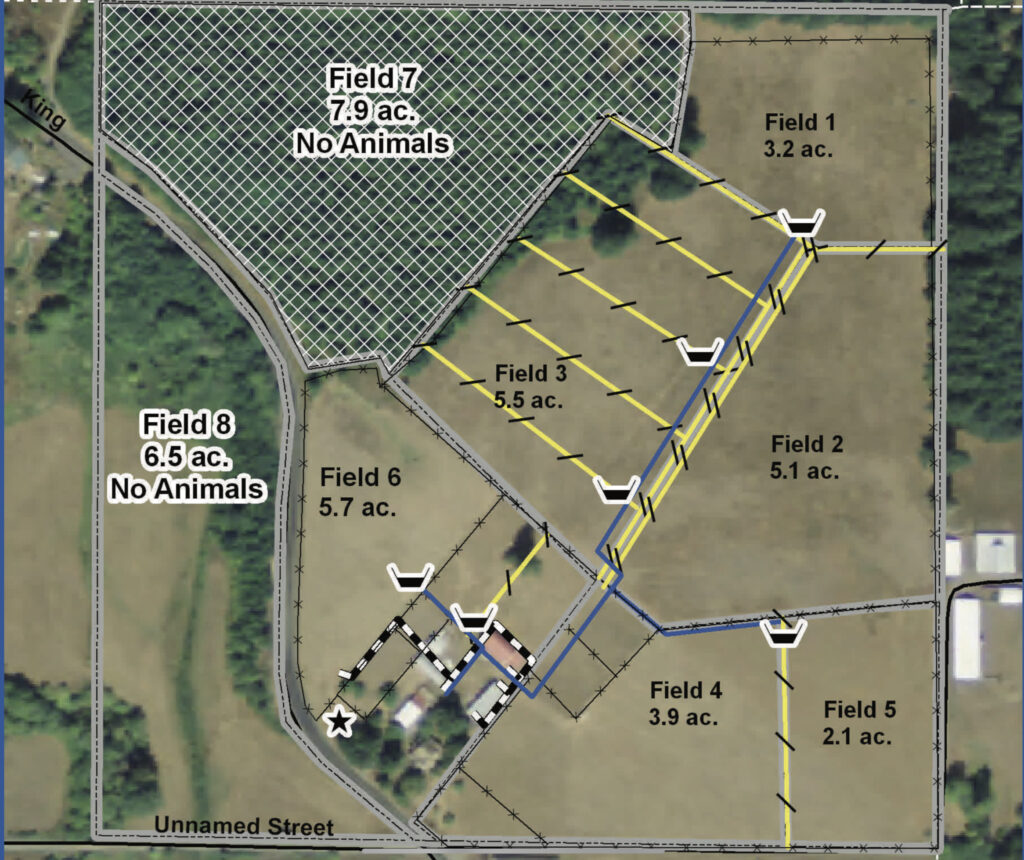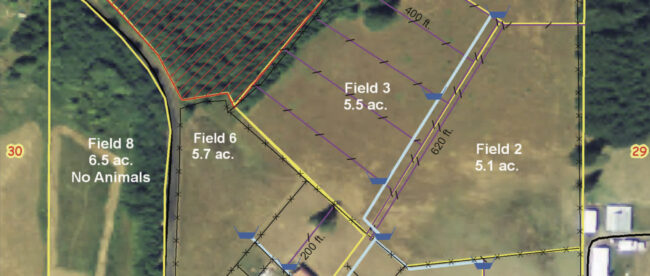Technology Adaptations Can Reduce Farming Issues Caused By Colorblindness
One thing that people involved in farming have to do every year is apply manure to their farms. To put things in perspective, in the state of Wisconsin, farmers and manure applicators apply around 7 billion gallons of manure every year. The individuals involved in this process typically use maps that show extremely important information like sensitive areas and setback zones on the farm land so they can apply the manure in the right places. These maps use different colors and shades to depict said areas and zones which, although helpful, can be easily missed by those who are colorblind.
“It’s like being given a highway map from Chicago to St. Louis and you don’t know which are interstates and which are gravel roads because everything looks the same” – Kevin Erb
Kevin Erb, director of the University of Wisconsin’s conservation professional training program, trains farmers, crop consultants, and conservation staff on tools, apps, and programs they can use for managing their farms said that one in five individuals in his training programs are unable to distinguish colors and recently shared some tips on how to make it easy for colorblind individuals to follow important information on maps. He uses a USDA online guide that shows how to create maps for colorblind farmers using color adjustments and symbols to make information more visible. For example, a pump icon instead of a colored rectangle could indicate a well location.
(click images below to enlarge)


NOTICE: The red lines over the forest, the red section lines and the green rectangle are very difficult to see.

Once these maps are created, a pdf or image of them can be easily uploaded to an app like Custom Maps (available on Android devices) that can make these maps “geo-referenceable”. What that means is the person who is applying manure (someone on a tractor) can see their current location on the map created for them and see where they are navigating within various areas and zones. These mapping tools can be used not only for manure application but also pesticide application and other practices. Besides helping colorblind individuals, a tool like this is friendly for farmers of all ages who need to easily know what needs to be done in which areas.
Even though we are talking about farming here, I can totally see these tools being used in other scenarios as well – a person in a wheelchair off-roading in the wilderness and wanting to understand the terrain and what’s around them. Where else do you think this can be helpful?
Source: FarmWeek Now


Leave a comment